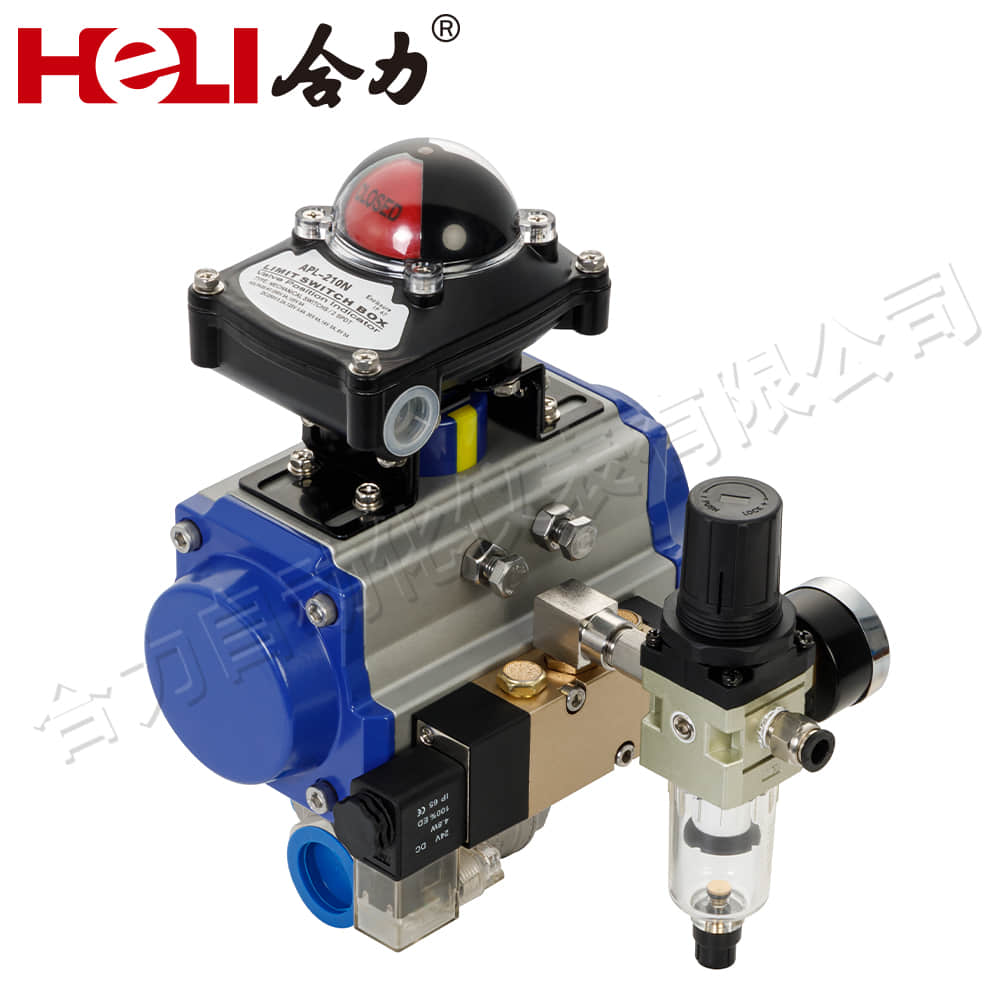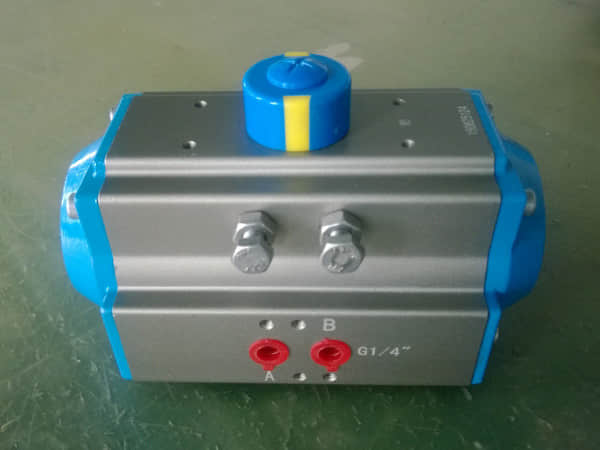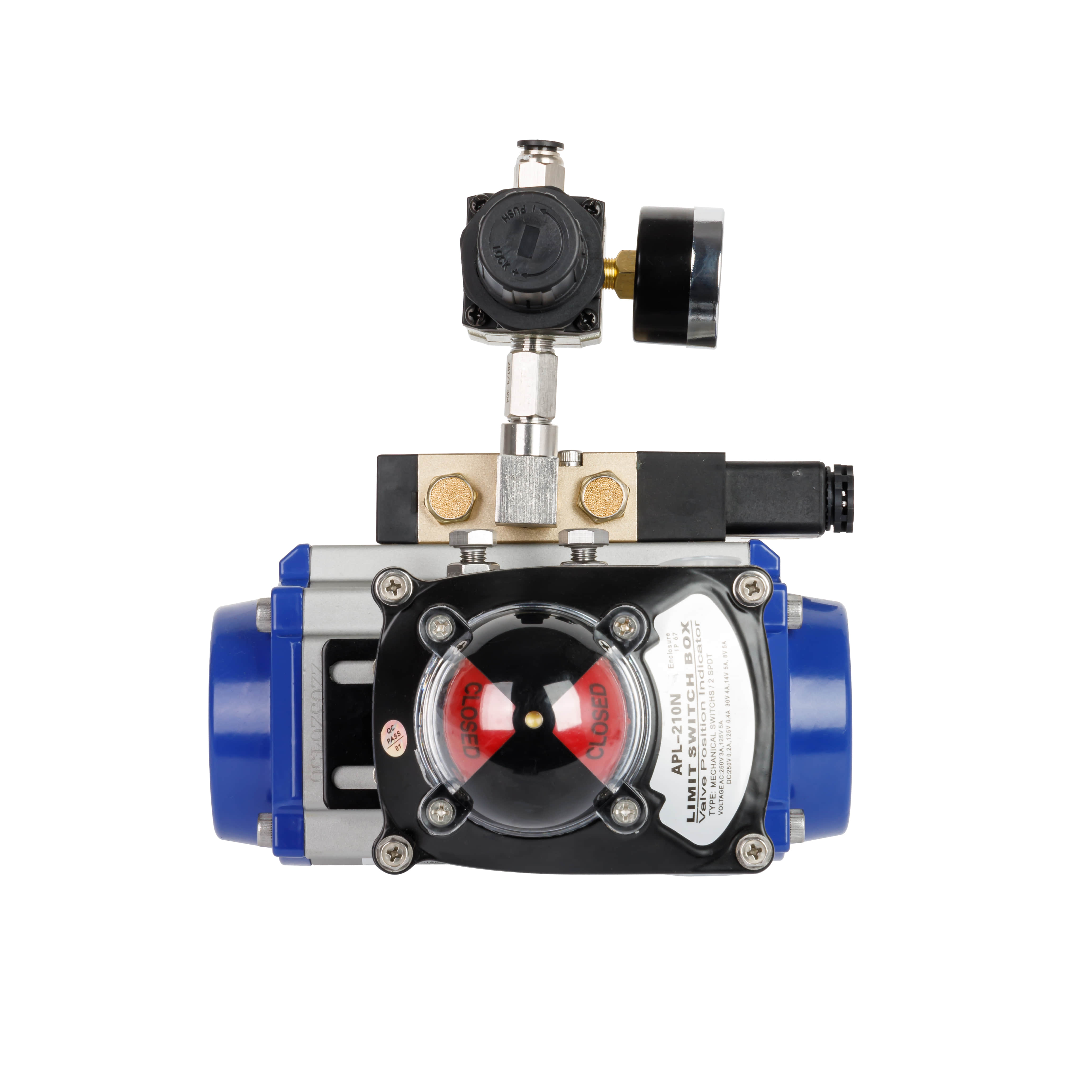
Pneumatic actuators are devices that convert compressed air energy into mechanical motion. Widely utilized in various industrial applications, these actuators play a crucial role in automating processes and enhancing operational efficiency. In this article, we will delve into the principles of pneumatic actuators, their types, advantages, and applications.

At the core of a pneumatic actuator is its mechanism, which typically consists of a cylinder, a piston, and a valve system. Compressed air enters the cylinder, pushing the piston in one direction. This movement can be linear or rotary, depending on the actuator design. Linear actuators move in a straight line, while rotary actuators turn around an axis. The direction of motion is controlled by valves that regulate the flow of air into and out of the cylinder.

